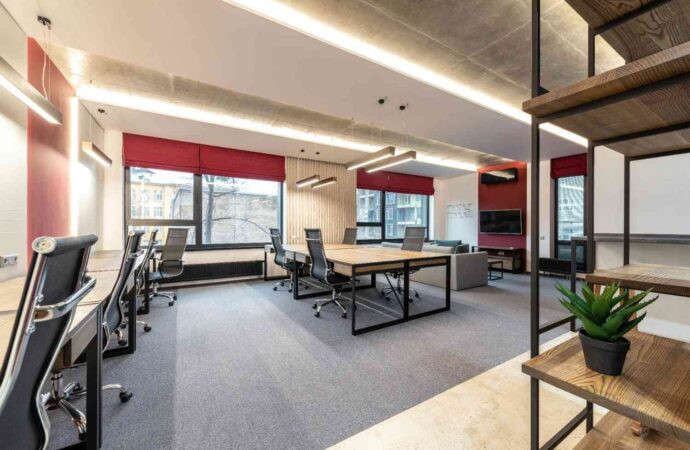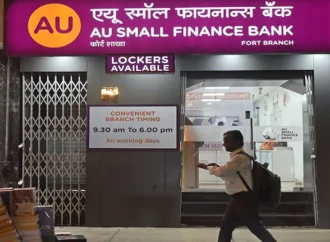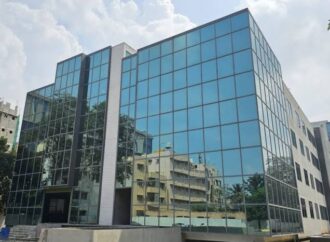India’s office space market is set for record growth in 2024, with projected absorption to exceed 70 million sq. ft., driven by high demand from IT-BPM, flexible workspaces, and BFSI sectors. Major cities like Bengaluru, Delhi-NCR, and Mumbai lead leasing activity despite slower new completions lowering vacancy rates.
India’s office space market is on course to break records in 2024, with total absorption expected to exceed 70 million sq. ft., according to the latest report by Savills India. The year-to-date (YTD) leasing activity reached 55.1 million sq. ft. by September, a 30% increase from last year, setting new highs across six major cities. The third quarter of 2024 alone saw office absorption reach 20.2 million sq. ft., up 28% from Q3 2023, with Bengaluru, Delhi-NCR, and Mumbai driving 66% of the leasing activity.
“India’s office space market has shown remarkable resilience and growth,” the report notes, with leasing projected to reach 70-74 million sq. ft. by the end of 2024. The IT-BPM sector led Q3 with a 29% share, followed closely by flexible workspaces at 23% and the BFSI sector at 22%. These sectors continue to demand large-sized leases, accounting for 50% of overall leasing activity and driving demand across key locations like Bengaluru, Pune, and Delhi-NCR. Despite this robust demand, new completions fell 12% year-on-year (YoY), with just 32.6 million sq. ft. added during the first nine months of 2024, leading to a drop in vacancy rates to 15.5% by the end of September.
Bengaluru led the nation with a significant 48% YoY increase, recording 6.2 million sq. ft. in Q3 2024 alone. The city’s absorption rate for large-scale deals (100,000 sq. ft. or more) remained strong, contributing 67% of the total activity. Anticipated to end 2024 with a record-breaking 20 million sq. ft. in gross absorption, Bengaluru reflects the booming demand in tech and flexible spaces. The BFSI sector, in particular, saw a significant rise, contributing 23% of the city’s total leasing activity.
In Delhi-NCR, leasing also surged, with 4.0 million sq. ft. absorbed in Q3 2024, marking a 92% YoY increase. Despite a modest 6% drop in YTD absorption compared to 2023, the region expects gross absorption of 11-12 million sq. ft. by year-end. Flexible workspaces led Delhi-NCR’s Q3 leasing with a 50% share, while large and mid-sized leases accounted for a combined 85% of transactions. The Gurugram sub-market played a major role, capturing 64% of Delhi-NCR’s Q3 leasing activity.
Mumbai is set to reach a decade-high absorption rate, with Q3 2024 recording 3.2 million sq. ft., a 35% YoY increase. Mid-sized deals (25,000-99,999 sq. ft.) continued to dominate, contributing 36% of leasing activity, driven mainly by the BFSI sector, which held a 32% market share. Savills forecasts Mumbai will reach a peak absorption rate of approximately 12 million sq. ft. by year-end, with flexible and tech sectors further supporting growth.
Pune and Hyderabad also contributed significantly to India’s leasing landscape. Pune recorded 2.0 million sq. ft. in Q3, up 42% YoY, primarily driven by financial services, while Hyderabad saw an 8% annual increase in office supply, with flexible workspaces capturing 35% YoY growth. These cities are set to end the year strong, benefiting from an upswing in demand for flexible, cost-effective spaces.
With Indian businesses increasingly opting for flexible spaces amid limited supply, the office market is expected to see further rental growth in high-demand micro markets. Savills projects that leasing and new completions will maintain strong momentum, potentially reshaping India’s office market landscape in the coming years.























